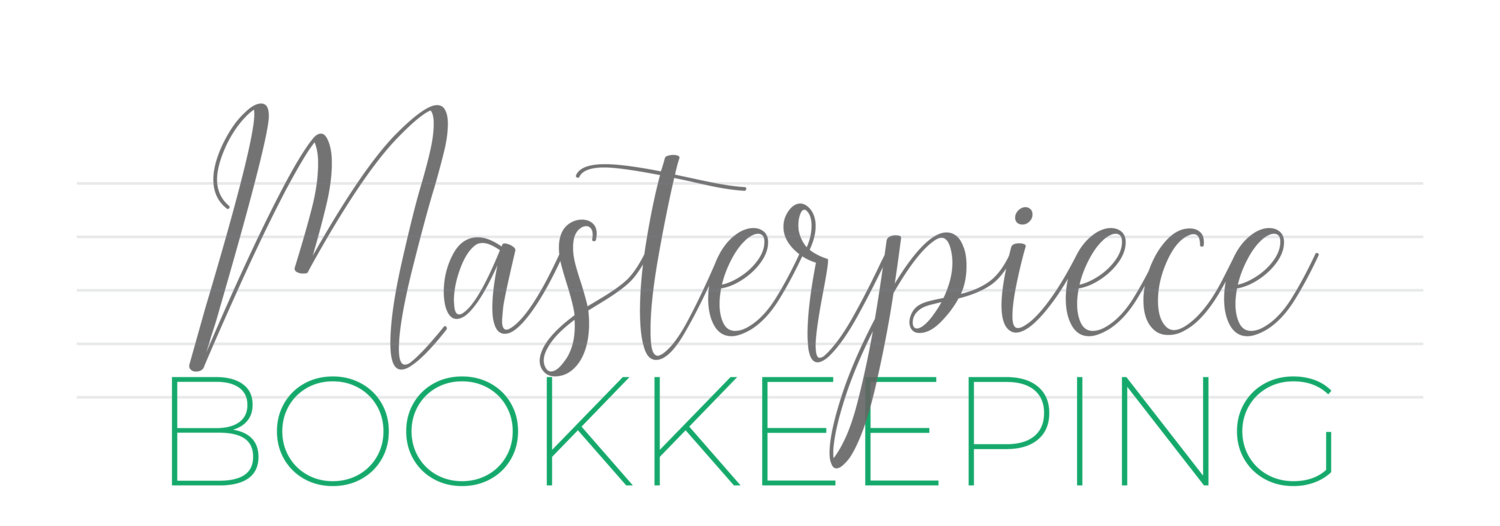This post is contributed by the brilliant Lynn Tickner of Ink & Key, LLC.
Does your business name tell the whole story about who you are and what you do as a brand? Most business names don’t.
Any idea what the brand Capello is all about?
Hmmm. Could have to do with music. It sort of sounds like acapella. Maybe an Italian restaurant? It might be the name of an app.
Actually, it’s the name of an alarm clock brand as well as the name of a company who makes cereal harvesting equipment.
Capello: Hello Good Nights & Happy Mornings
Capello: Together We Grow the World
Now that we have their taglines, you can at least rule out music and restaurants.
A tagline is an excellent way to boost your brand, and present a clear message to your audience about the benefits you offer. It should stand the test of time and encompass the main thing you’d like to communicate.
If you don’t currently have a tagline, or you might want to create a new one, you need to think through the answer to this question: What role will your tagline play in your overall marketing strategy?
Your tagline needs a job description.
You may want your tagline to be engaging — to create curiosity and cause people to want to dig deeper and learn more about your brand.
You may want it to simply and clearly describe the benefits your brand offers.
You may want a short, sticky phrase that will act as a visual logo that people will immediately associate with your brand.
You might want your tagline to tell people what to do or to provoke thought.
Types of taglines:
1. Descriptive – This is the most straightforward type of tagline, and honestly, my personal favorite. Since the majority of names these days seem to veer away from being descriptive, it’s especially important that those brands choose a tagline that gives people a clue on what it is they actually offer. A descriptive tagline helps put your brand name in context. For example, since my brand name is metaphorical, I included a clear, descriptive tagline to provide clarity about what we do. Ink & Key: Get a name and launch your brand.
Other examples of descriptive taglines:
TED: Ideas worth spreading
US Postal Service: We deliver
Copyblogger: Words that work for smarter digital marketing and sales
2. Imperative — This is where you come right out and tell people what to do. My tagline could fit into this category, too, since it also happens to be a command.
Why would you want an imperative tagline instead of another type? Well, when you tell a reader to do something, much of the time, they’ll actually oblige.
Imagine a beautiful yellow butterfly landing on your shoulder right now.
Did you do what I told you to do? It’s hard not to, right?
Also, imperative taglines tend to stick. Many times, I have “Just do it” running through my head while sleepily lacing up my shoes before a morning workout. Surely I’m not the only one.
Examples of imperative taglines:
Course Hero: Master your classes
Travelocity: Wander wisely
American Express: Don’t leave home without it
3. Superlative — With this type of tagline, you are coming right out and declaring that you’re the best. This type of tag also includes when you tell your customers that they’re the best. You may or may not include a reference to your overall brand promise or your qualifications, plus you might include a benefit.
Examples of superlative taglines:
Casper: The best bed for better sleep
BMW: The ultimate driving machine
Carlsberg: Probably the best beer in the world
4. Provocative — The purpose here is to provoke thought, and hopefully action. To get them just right, though, provocative tags require careful word-crafting. When I’ve asked clients for examples of taglines they do not like, I find that most of the ones on their list are provocative. I think the open-ended nature of this category leaves a lot of leeway for individual interpretation, which can cause some people to love a tagline, while others are irritated by it.
Examples of provocative taglines:
The Dairy Council: Got milk?
Verizon: Can you hear me now?
DeBeers: A diamond is forever
There are plenty of other ways to think about taglines, but I find that most of the ones we deal with can fit into the above four categories.
If you’re just getting started on naming or rebranding your business, the best questions you can ask yourself are:
Do you need a tagline?
If so, what do you want your tagline to do?
Your chosen name, industry, target audience, and overall marketing strategy will all play a part in your answers to these questions.
Whatever category you choose, when you’re ready to start working on a tagline, make sure you grab an extra measure of patience along with your notebook and pen. Packing a meaningful message about your brand into just a few words is a challenging but worthy task. If written wisely, your tagline will serve you well for years to come.
We love to talk taglines, so feel free to reach out if you’d like to chat.
